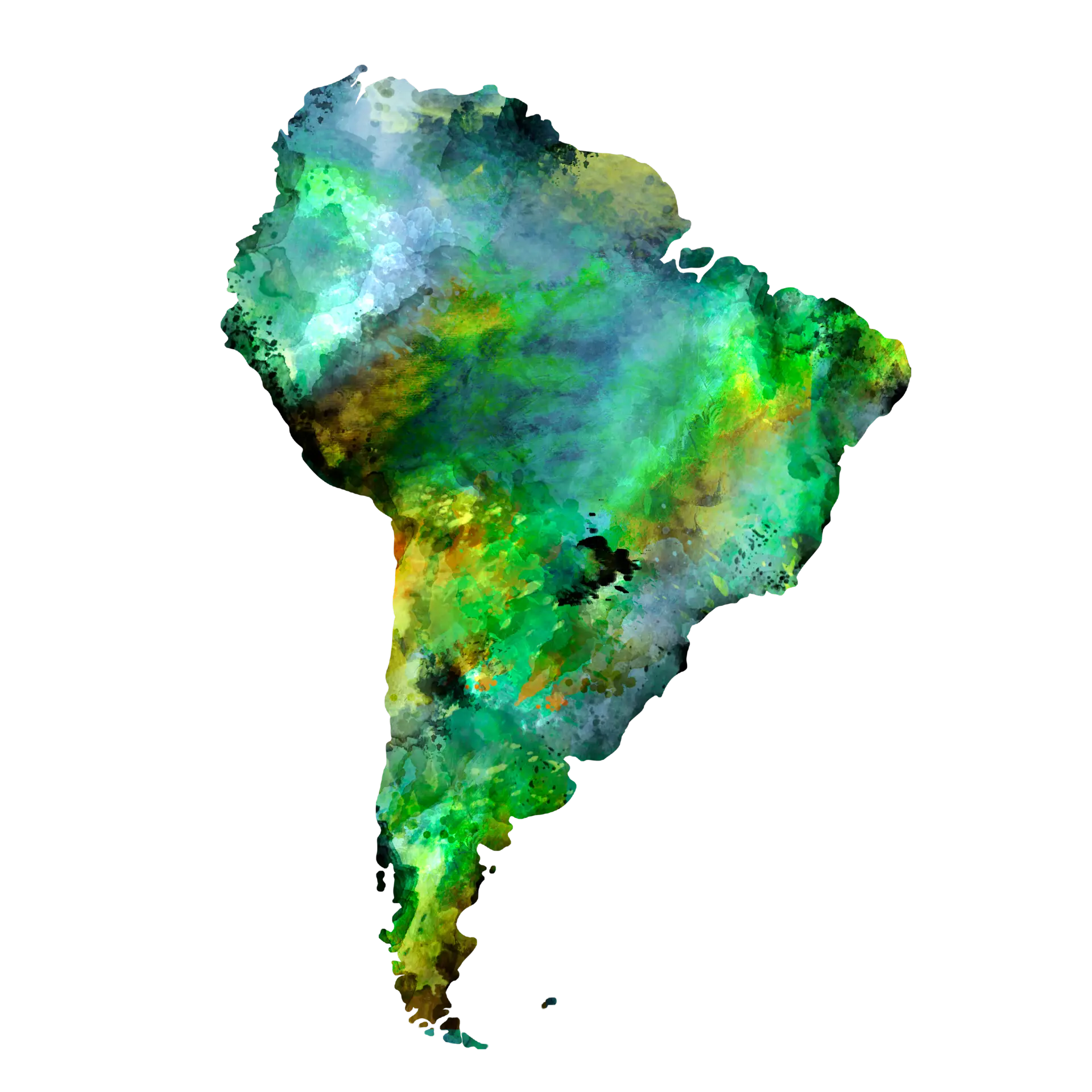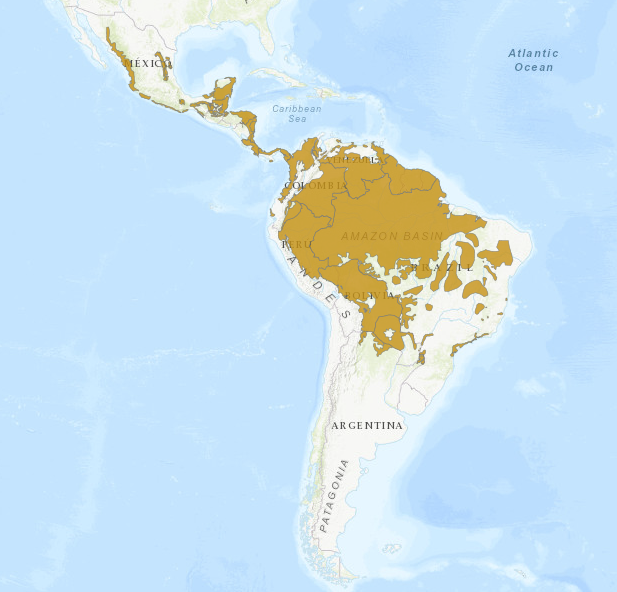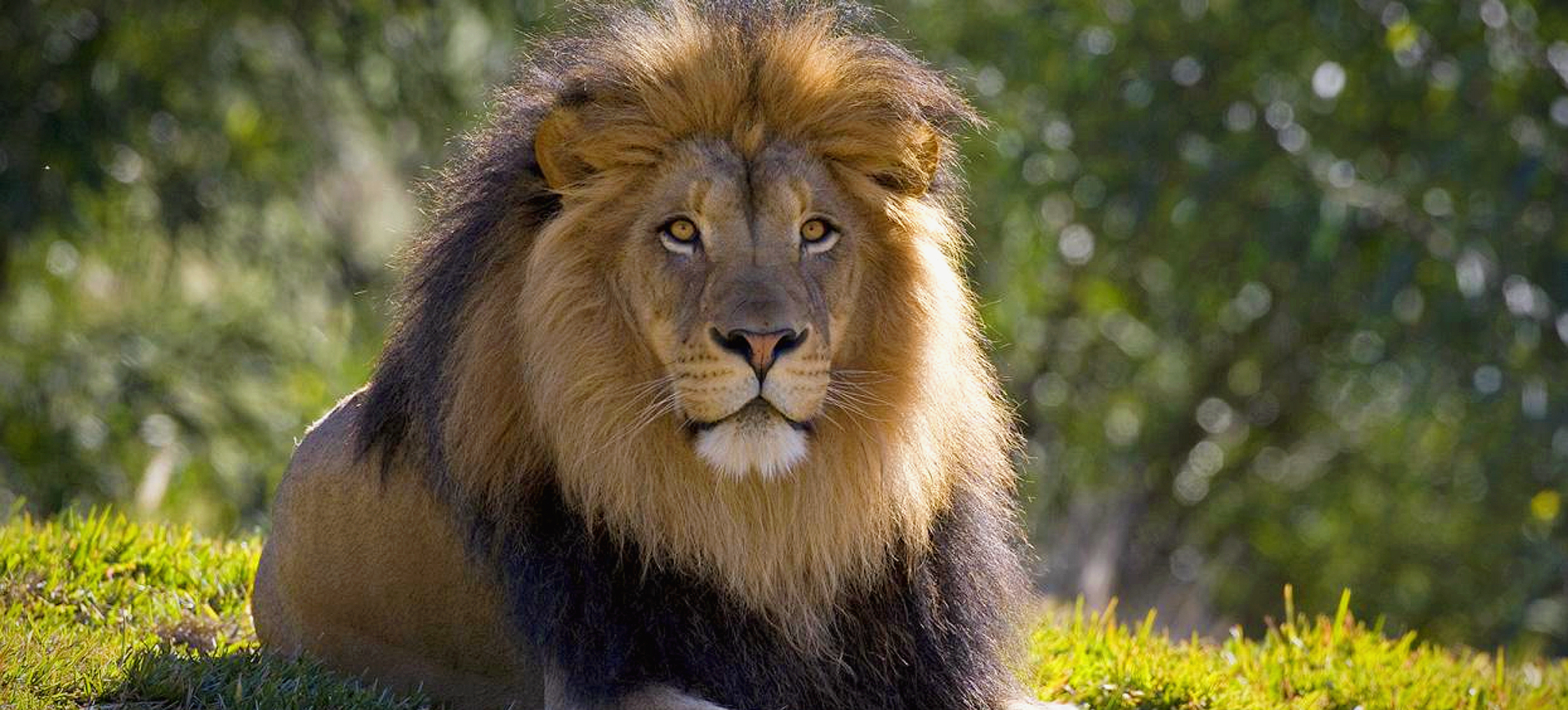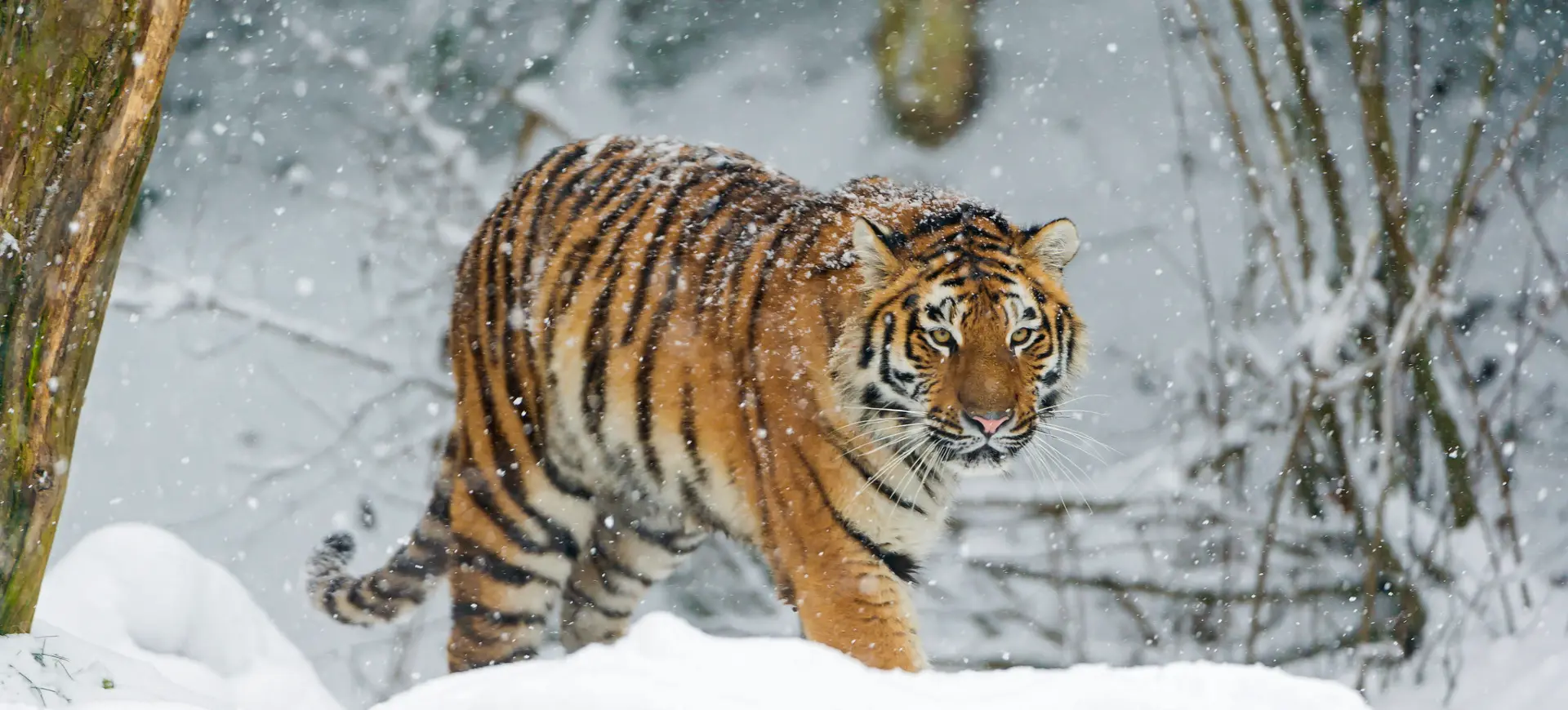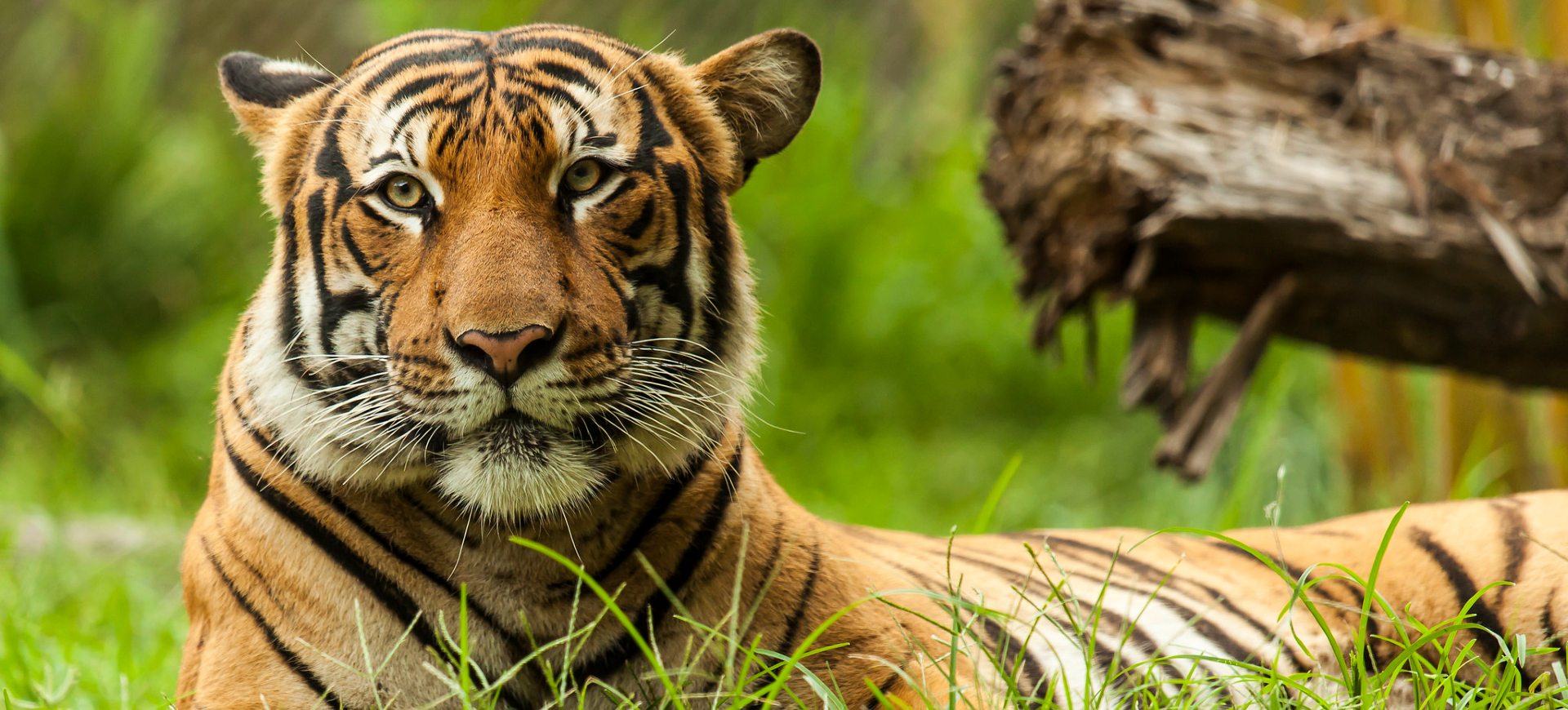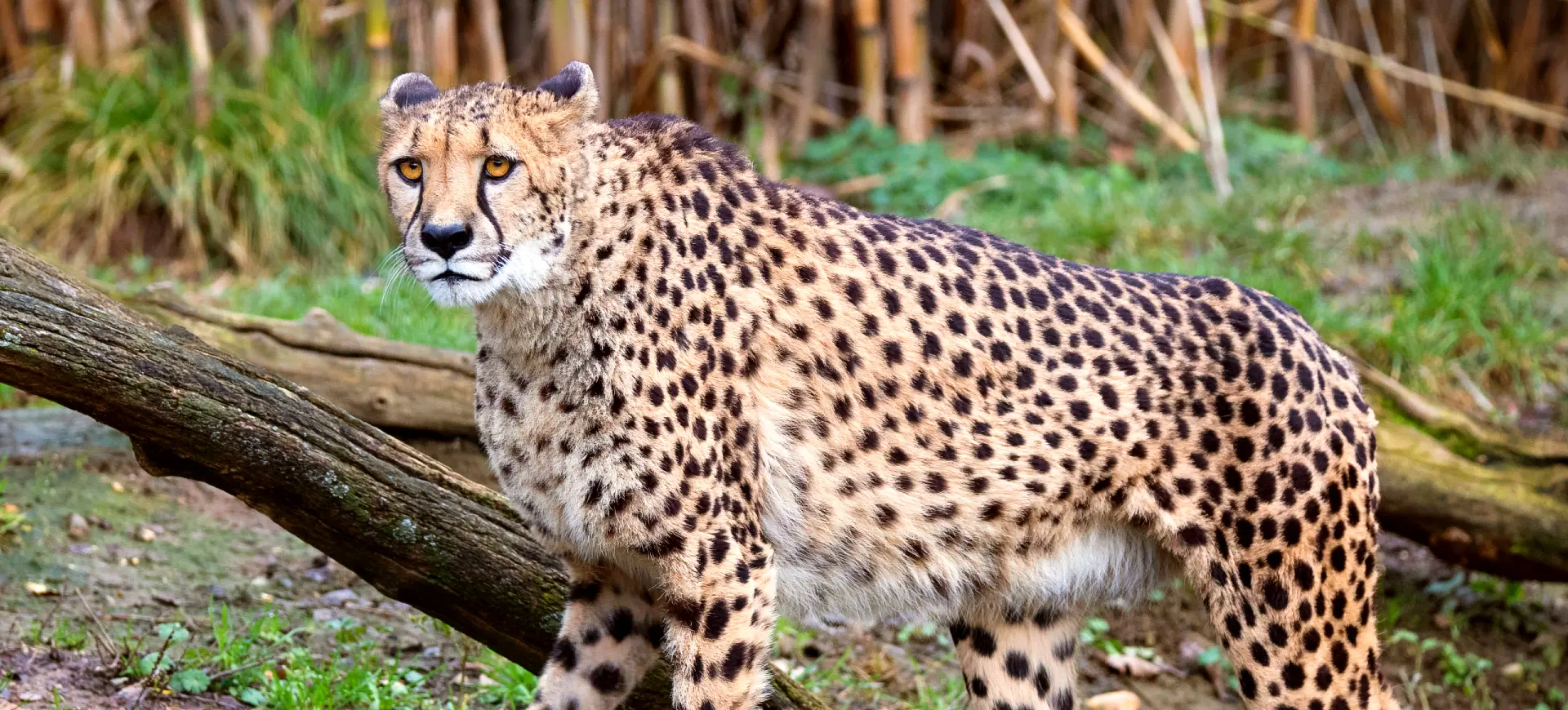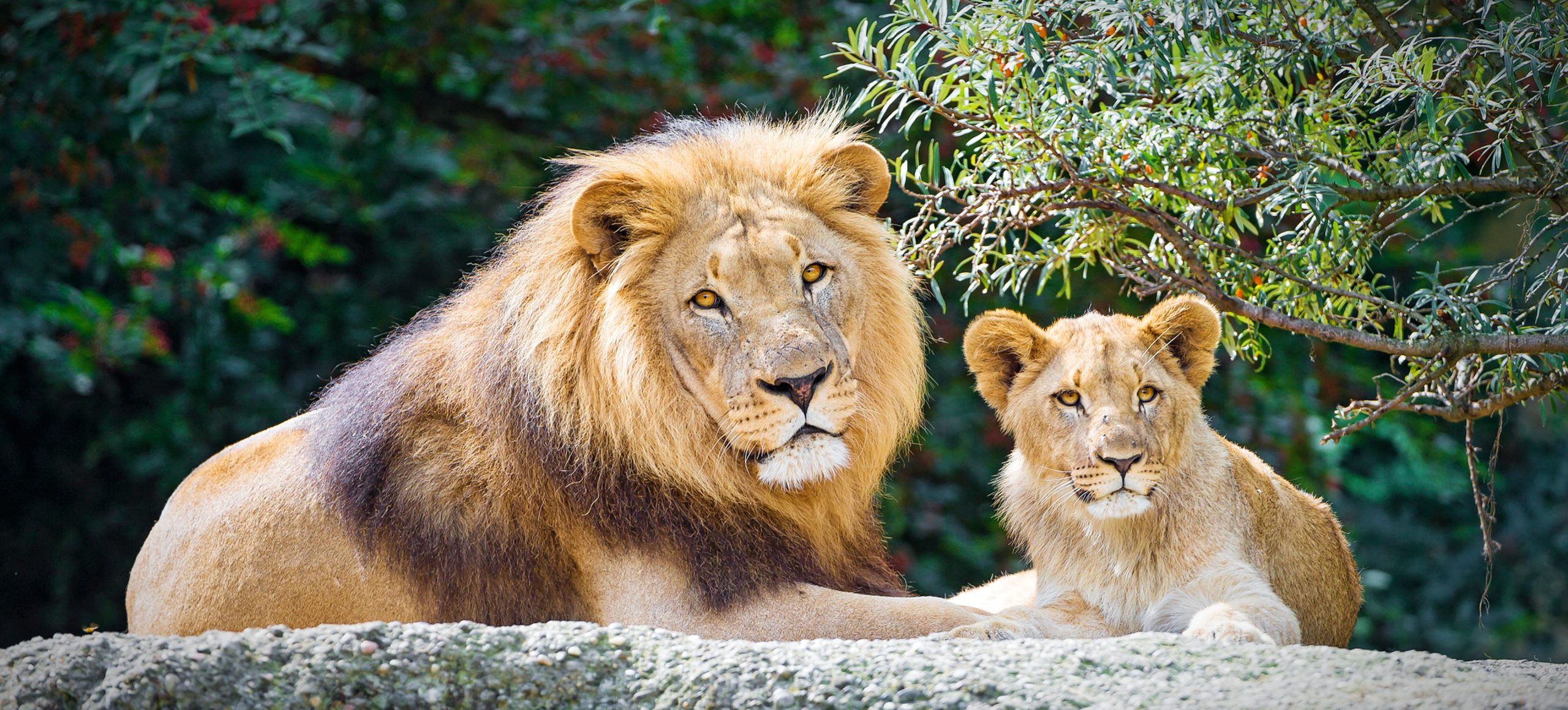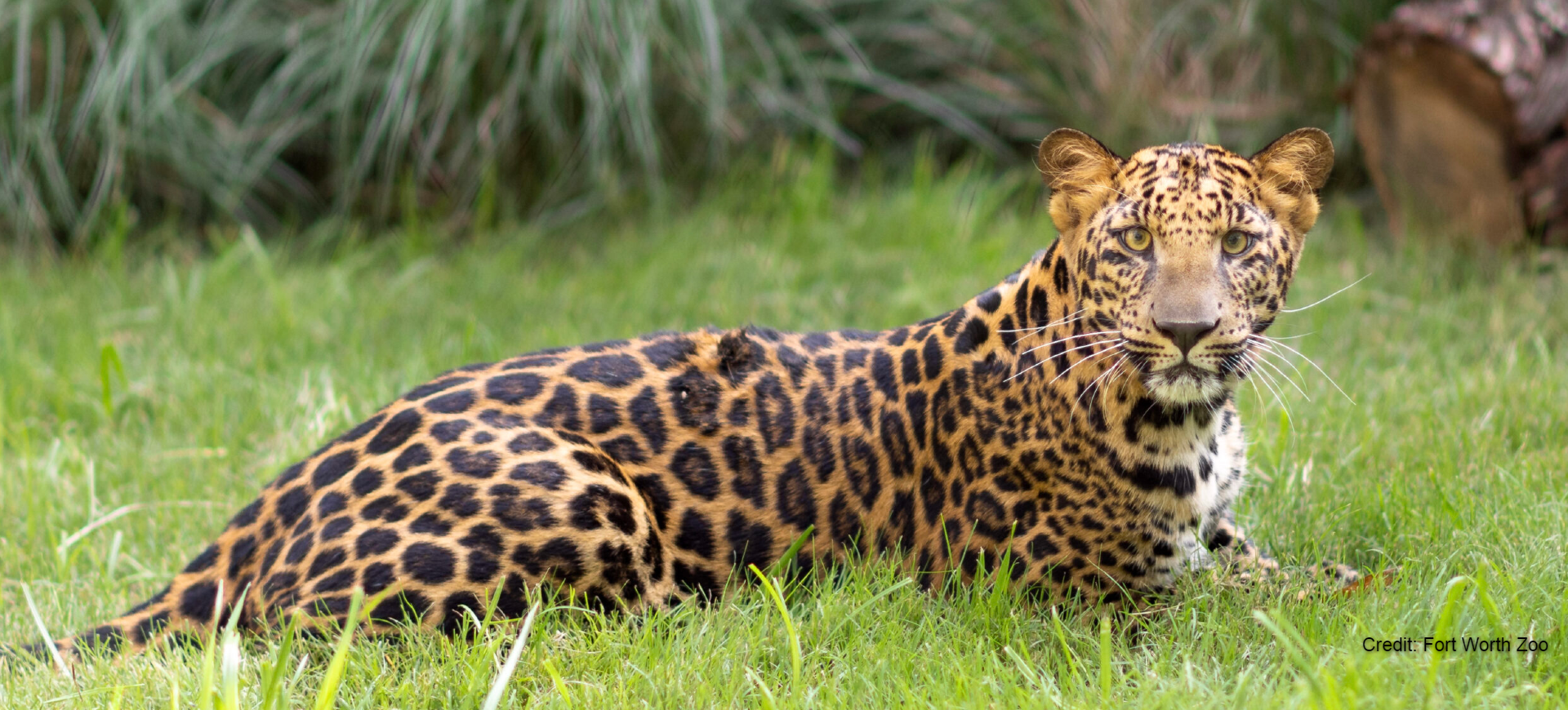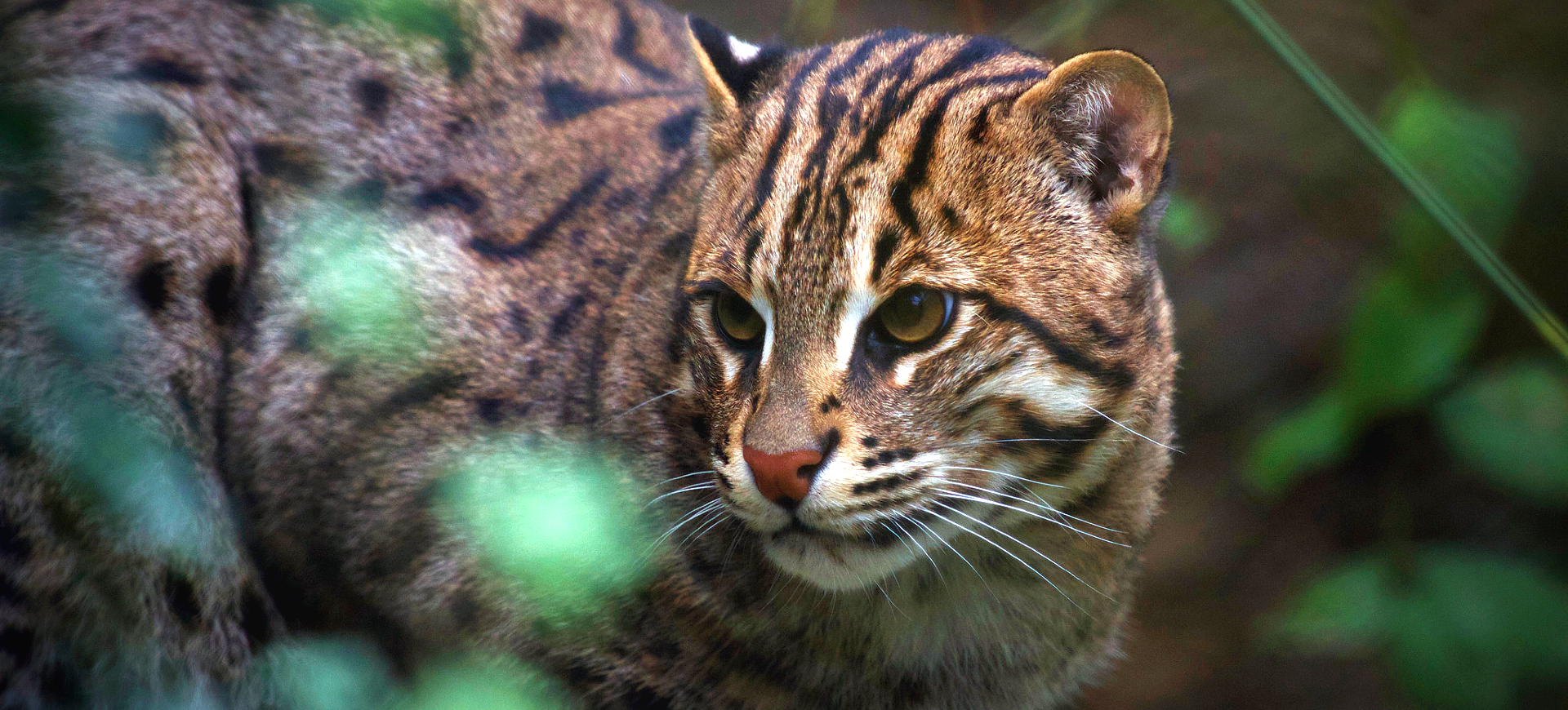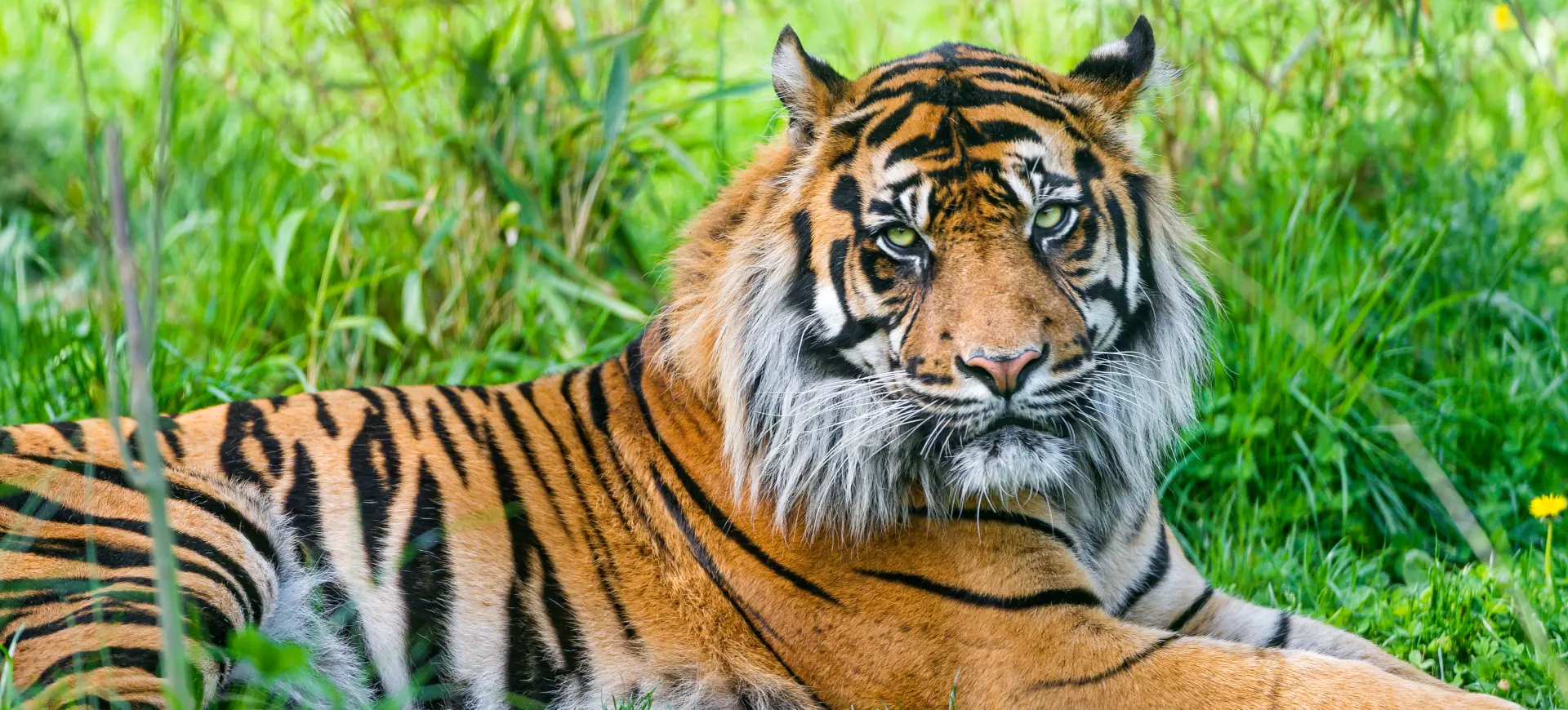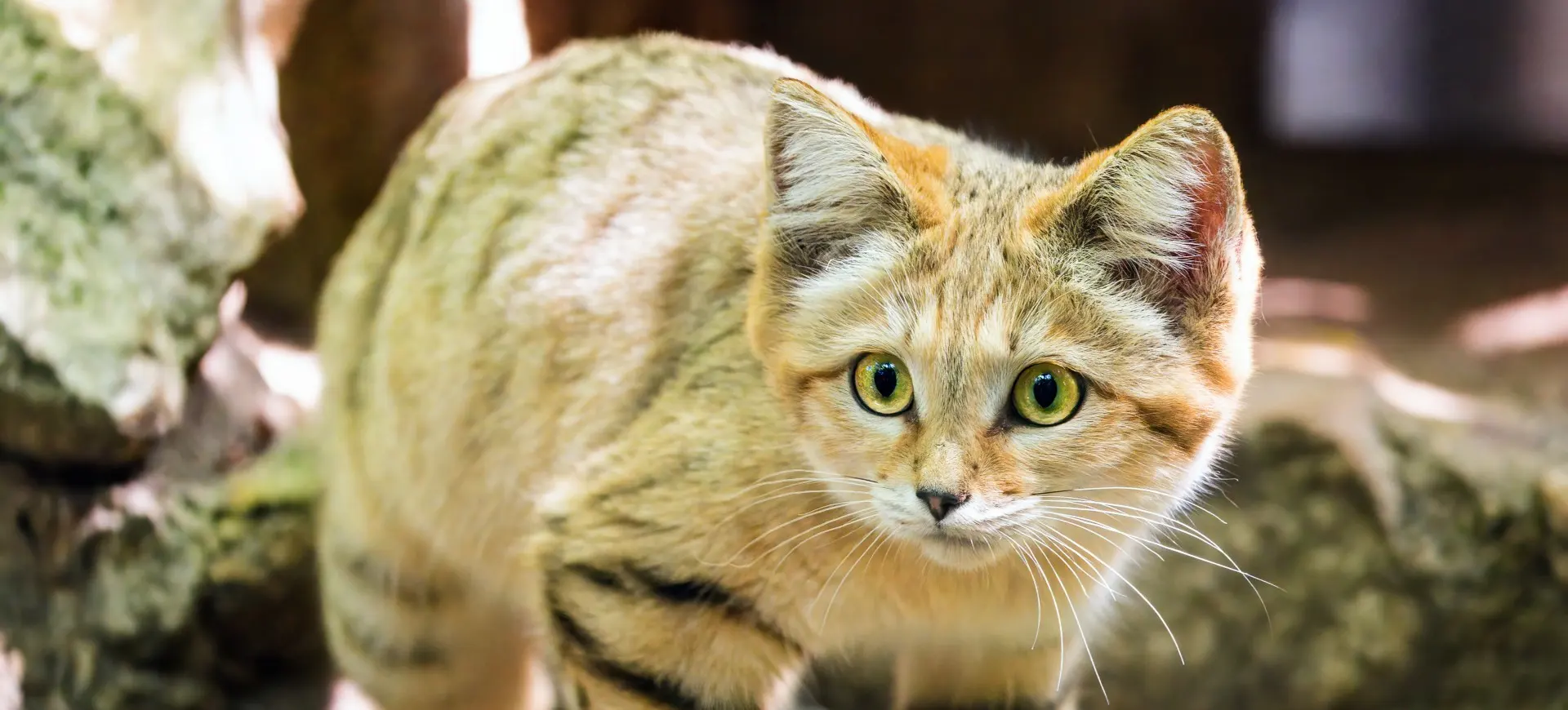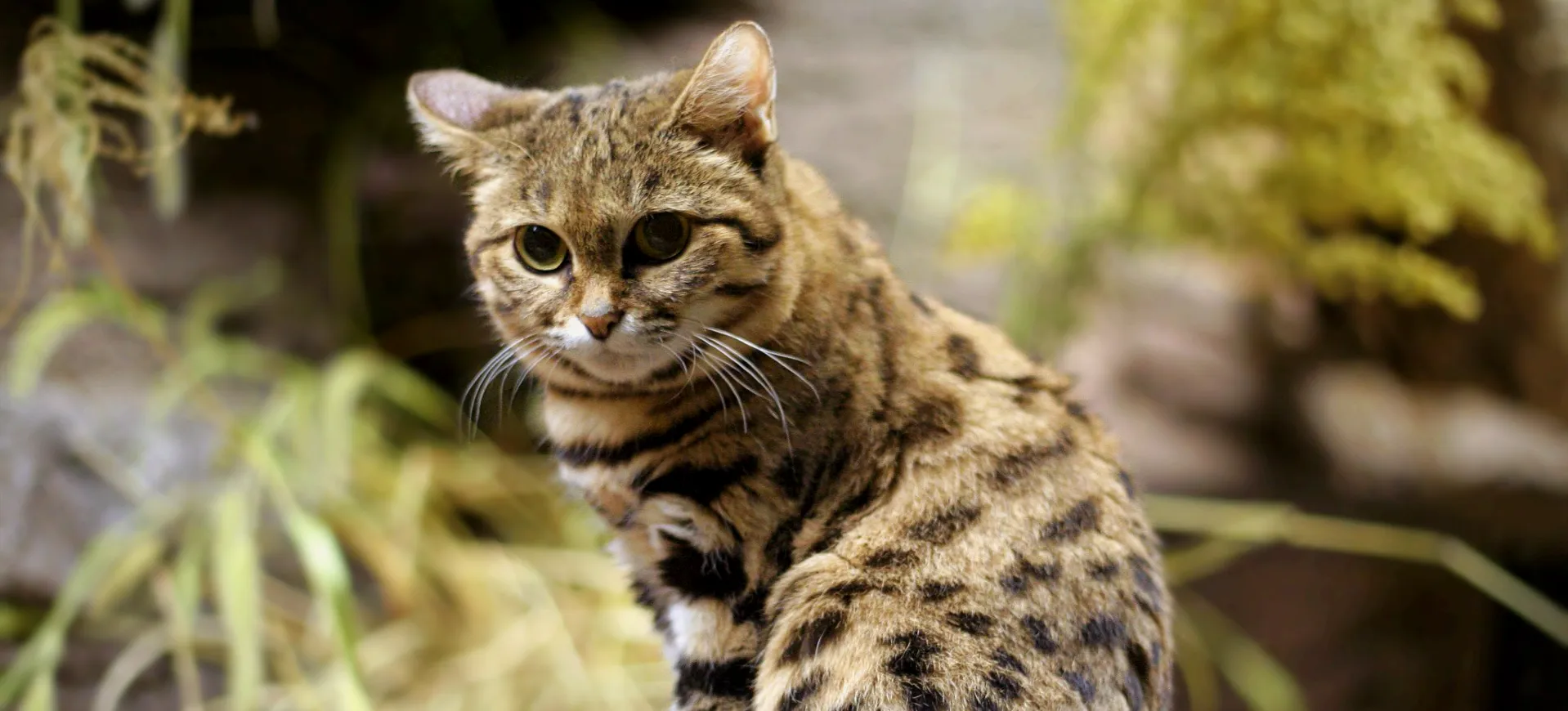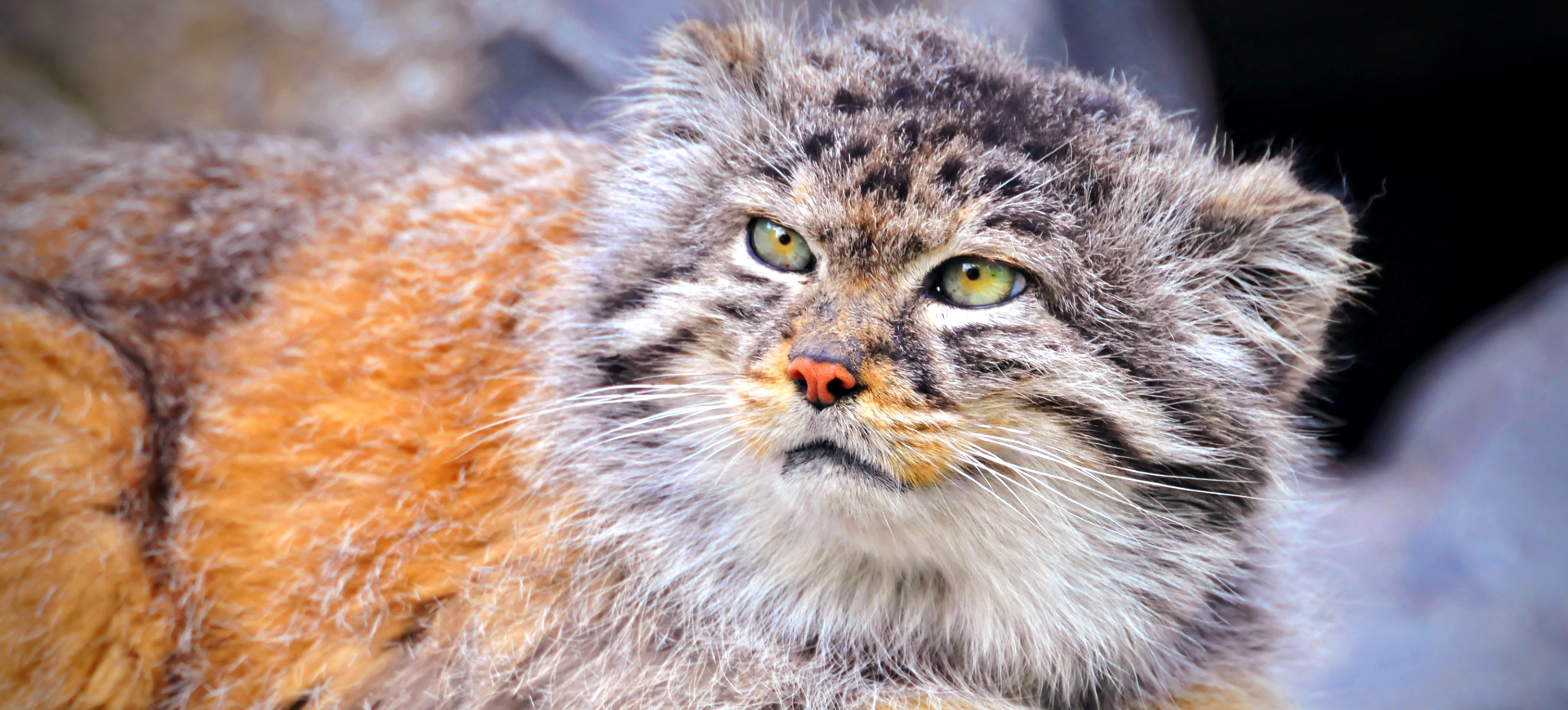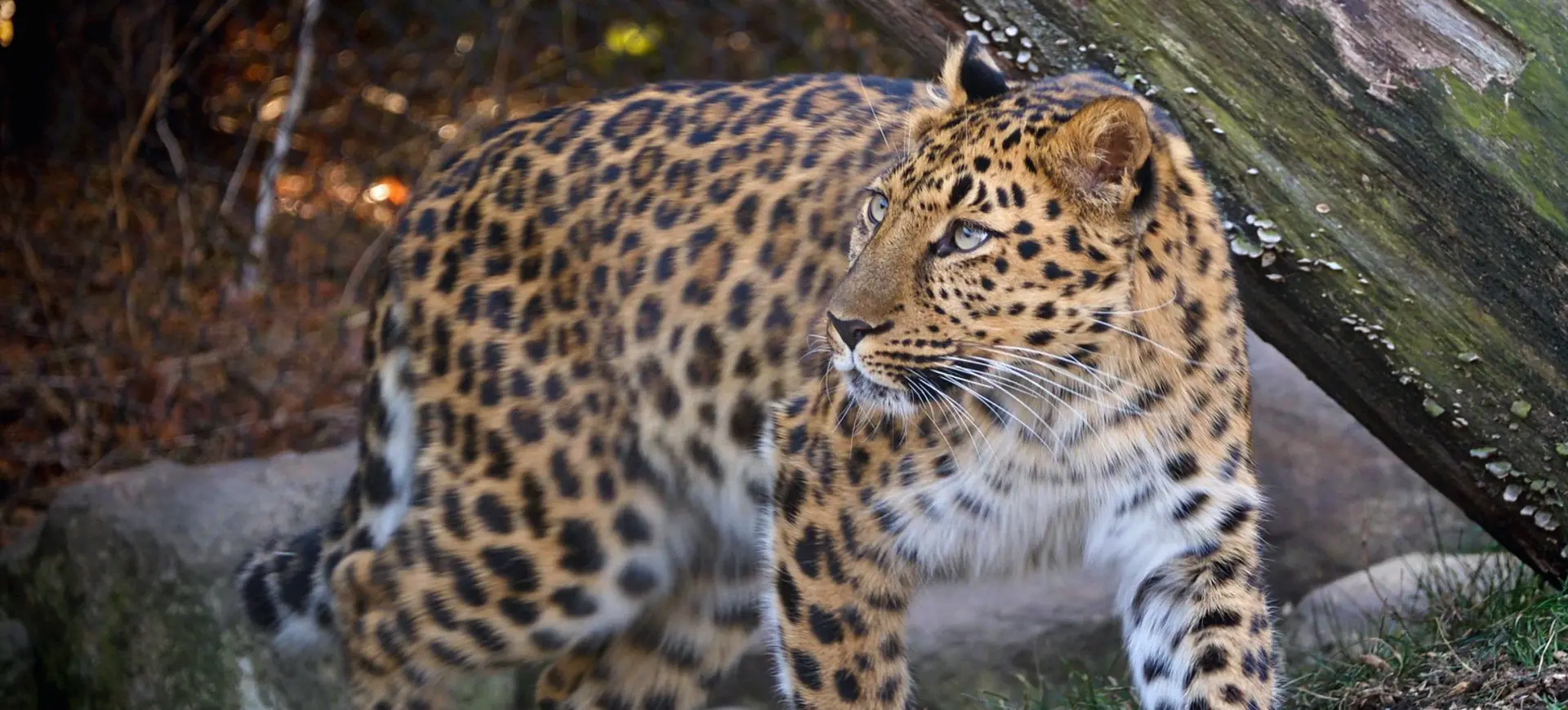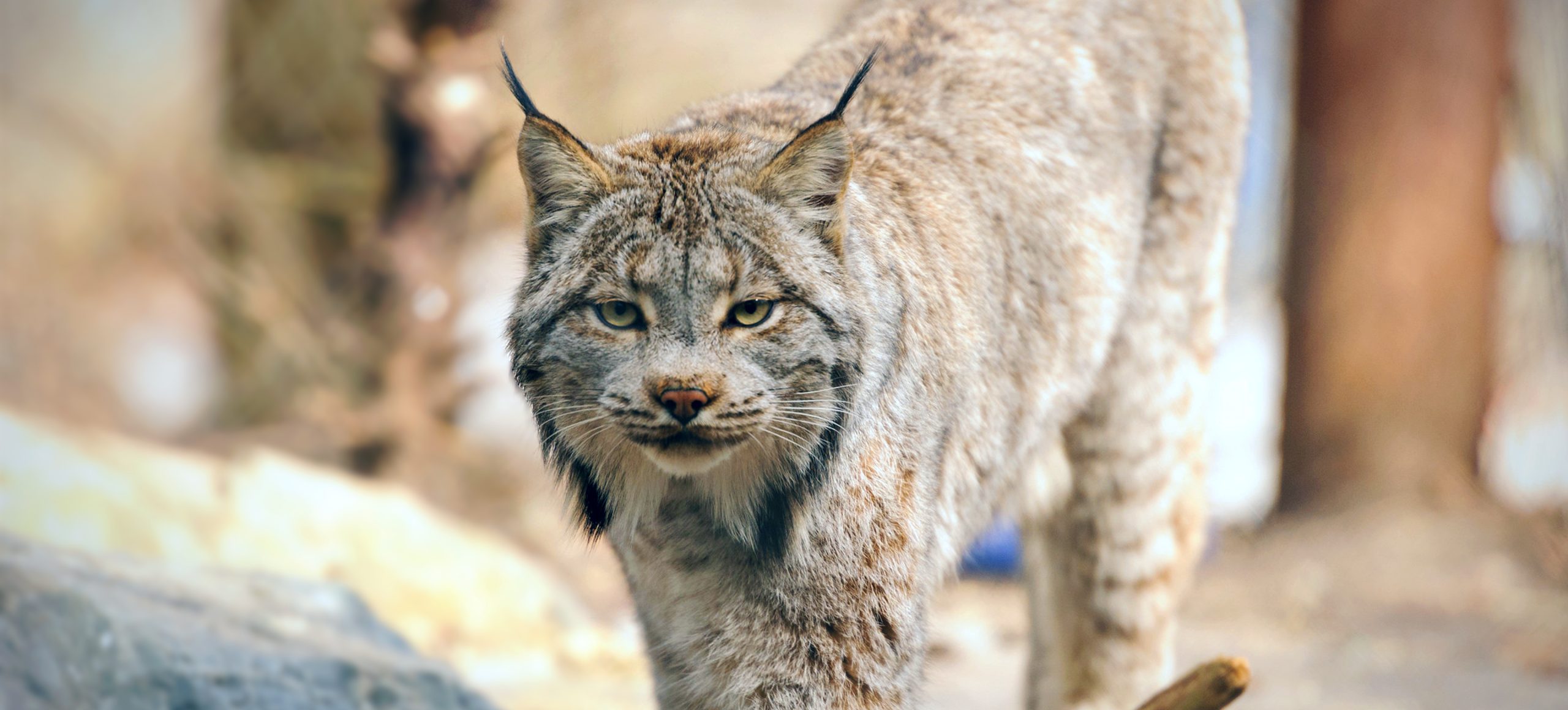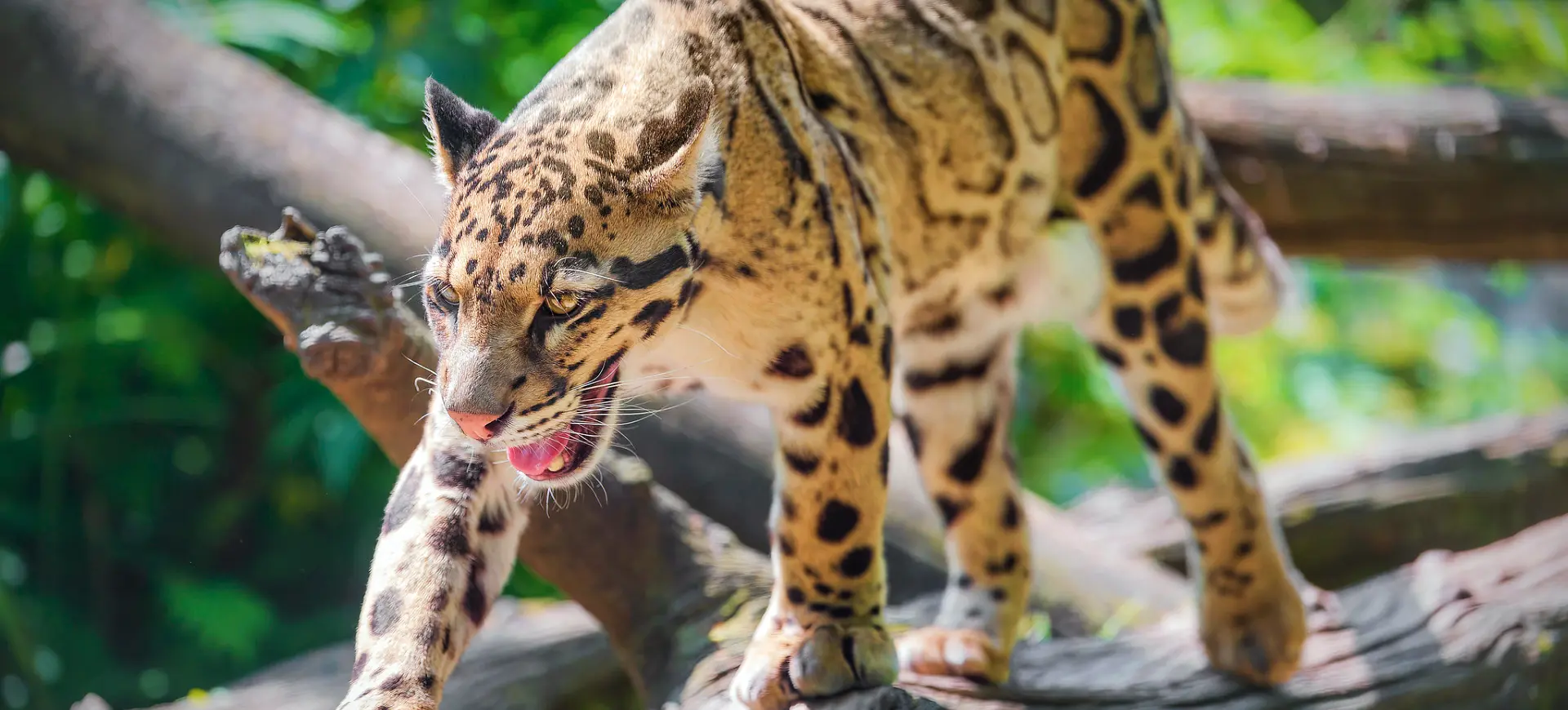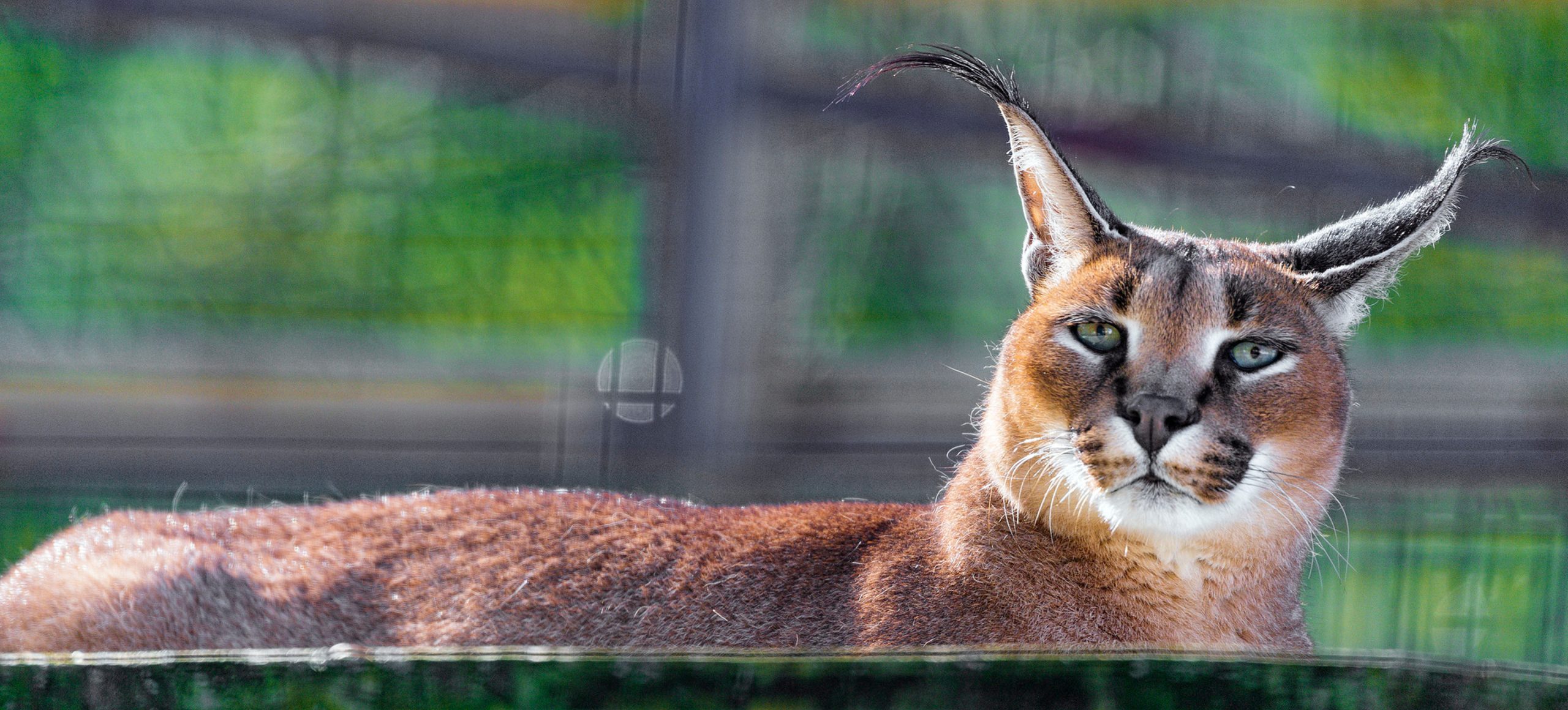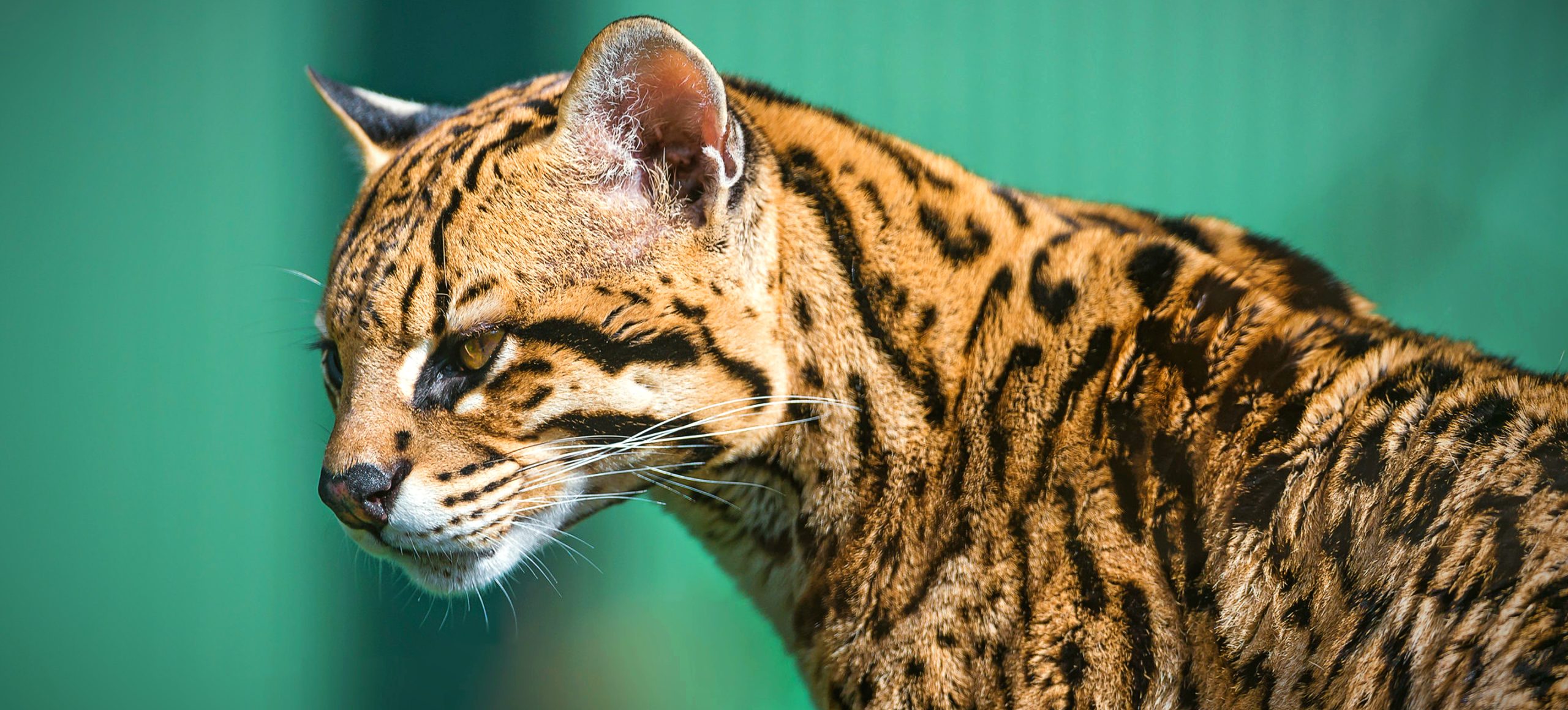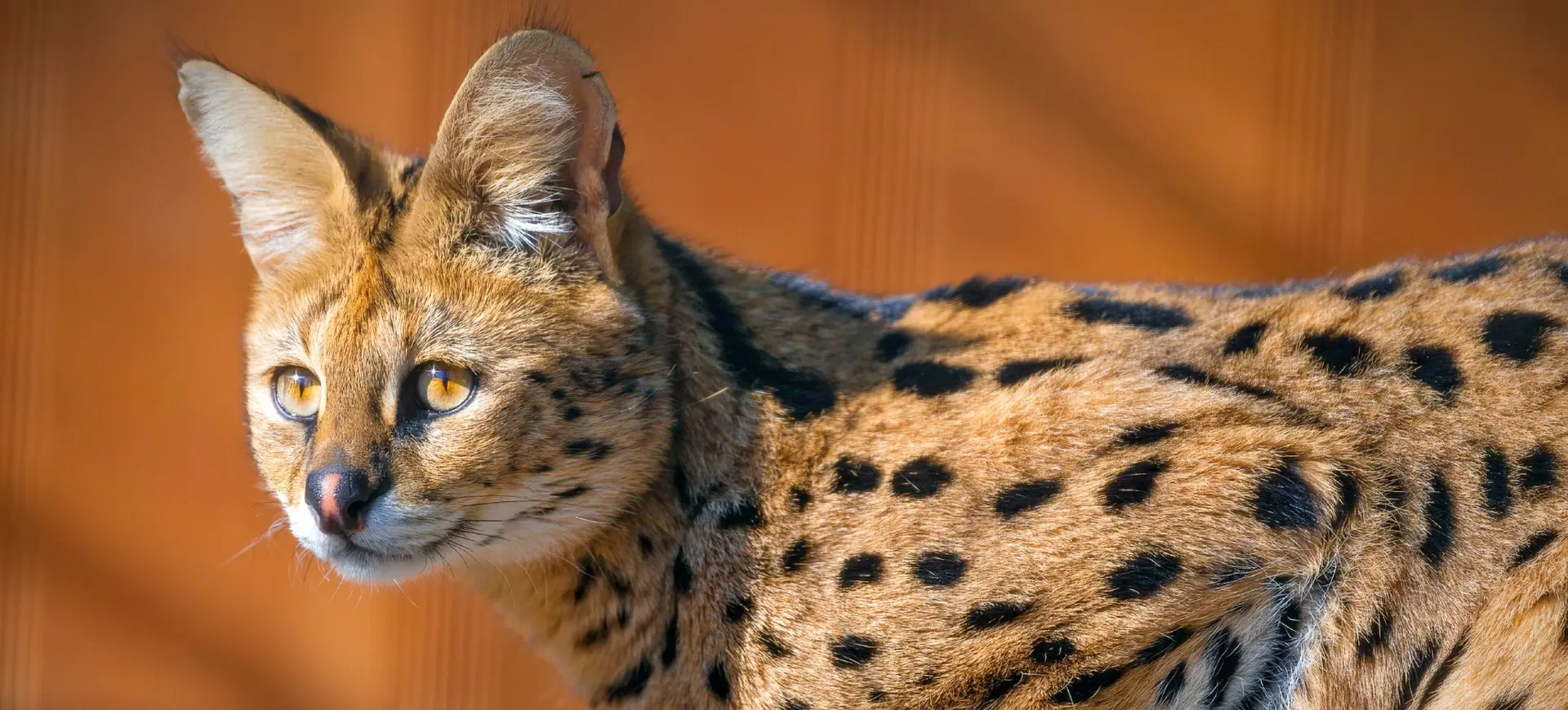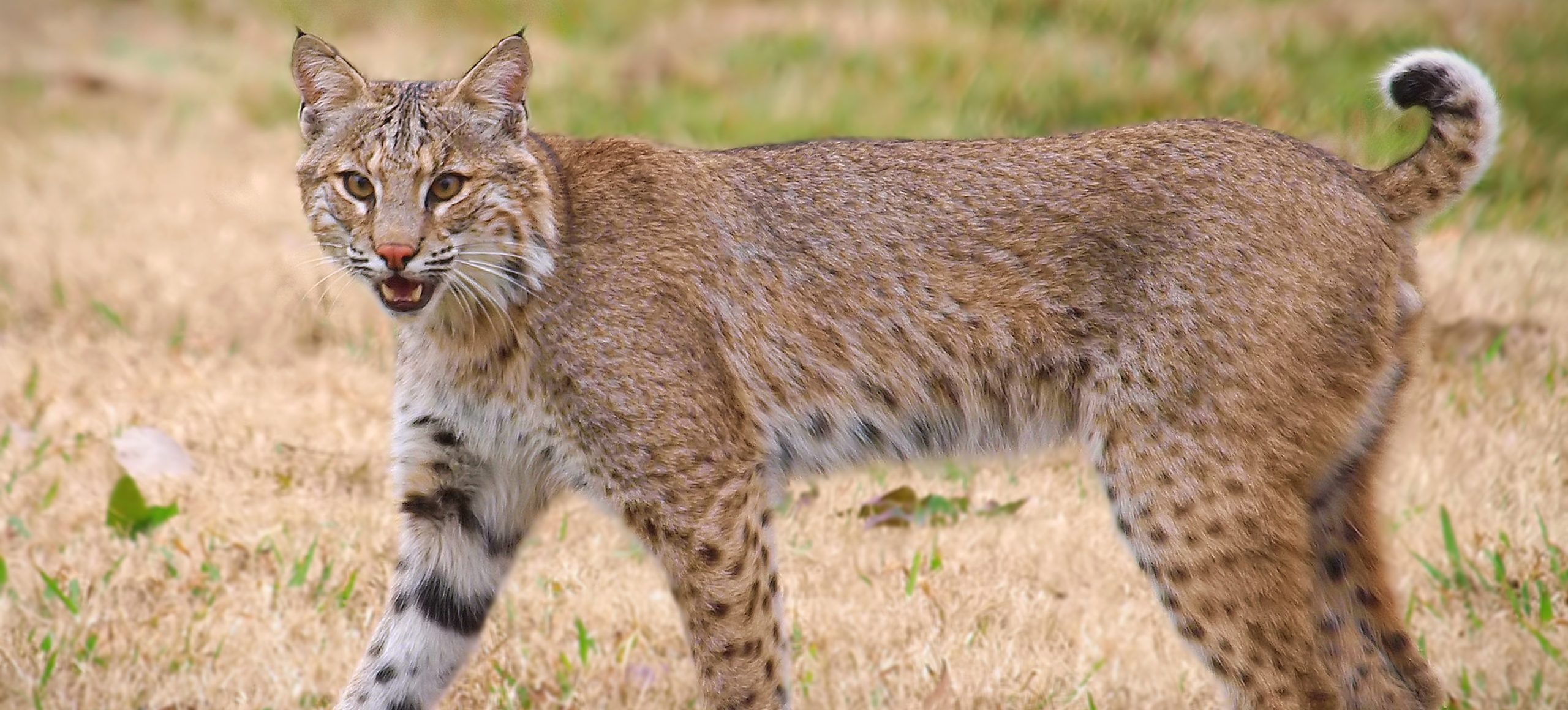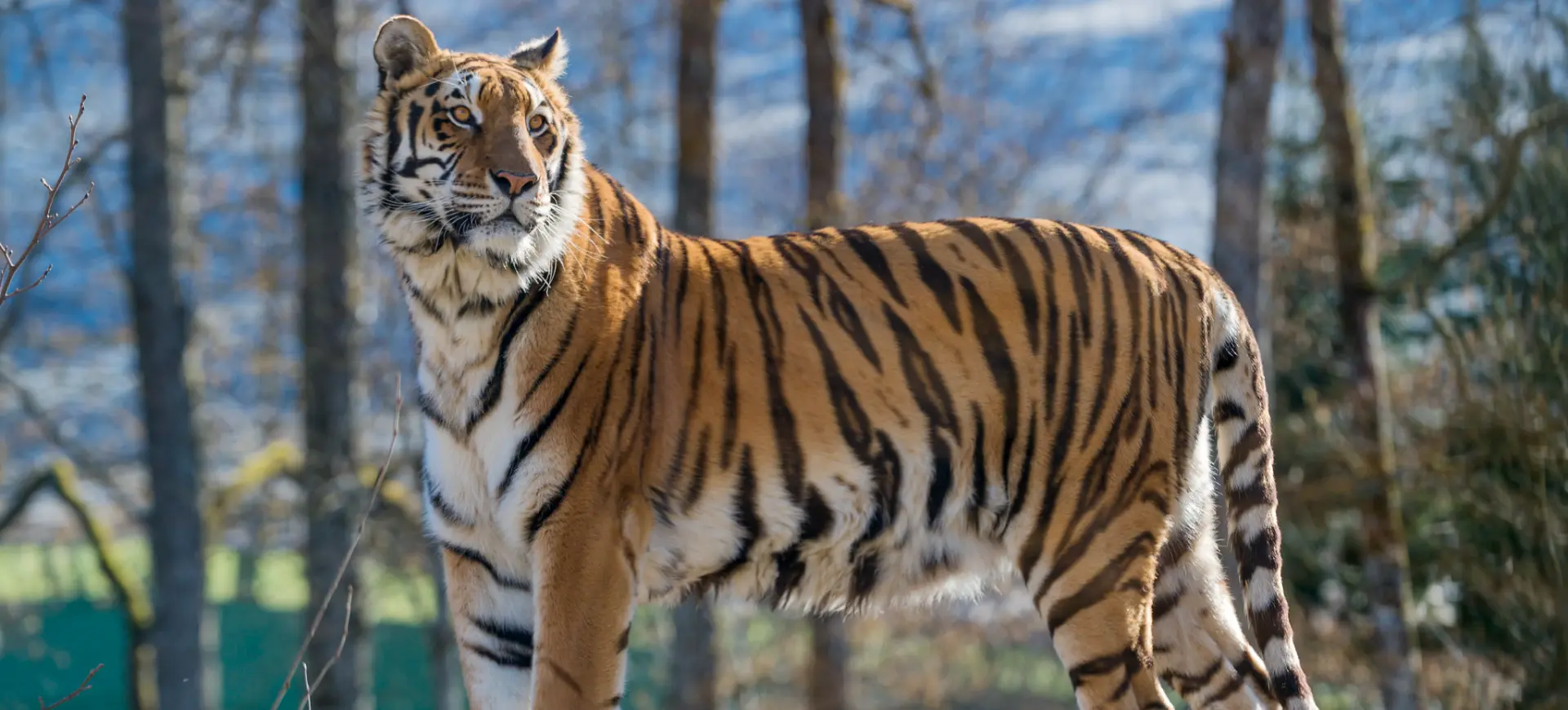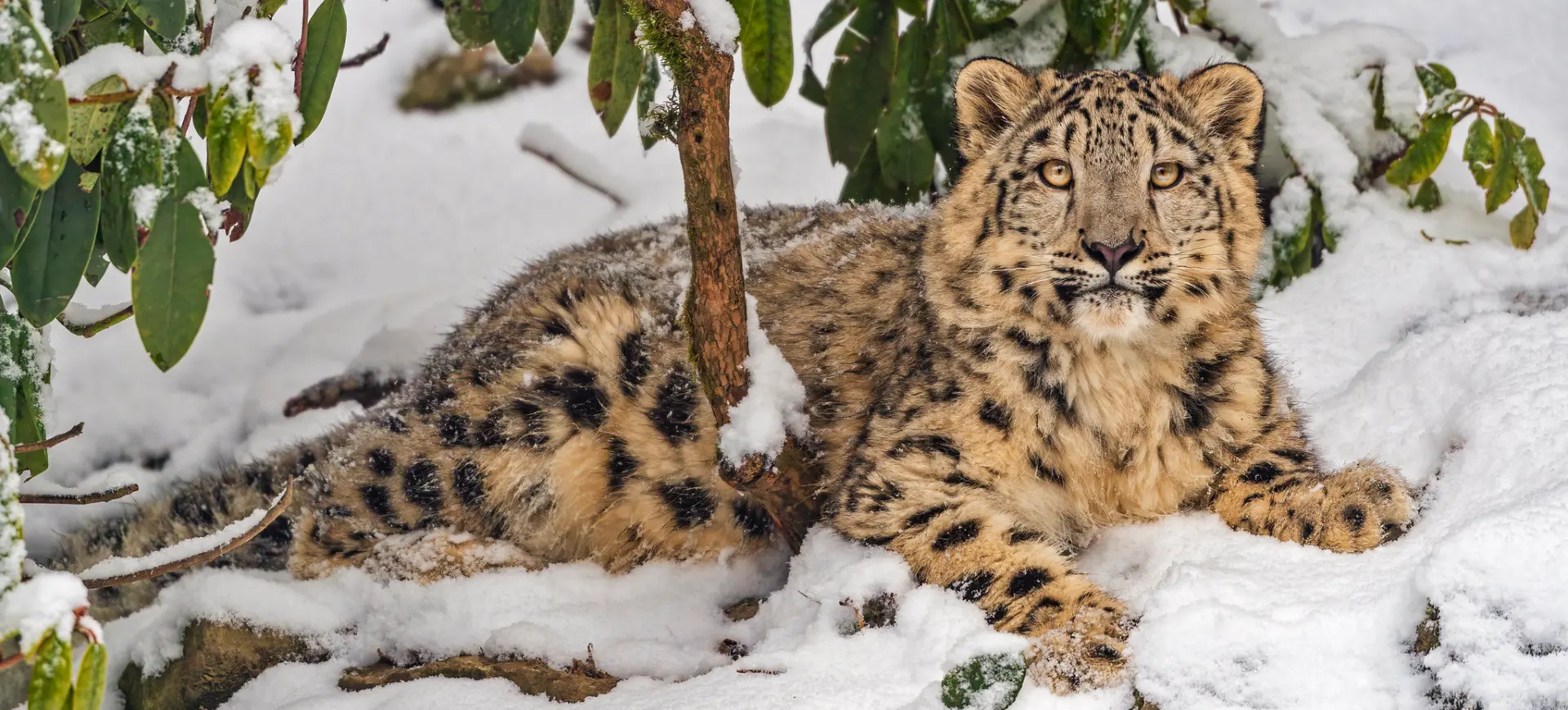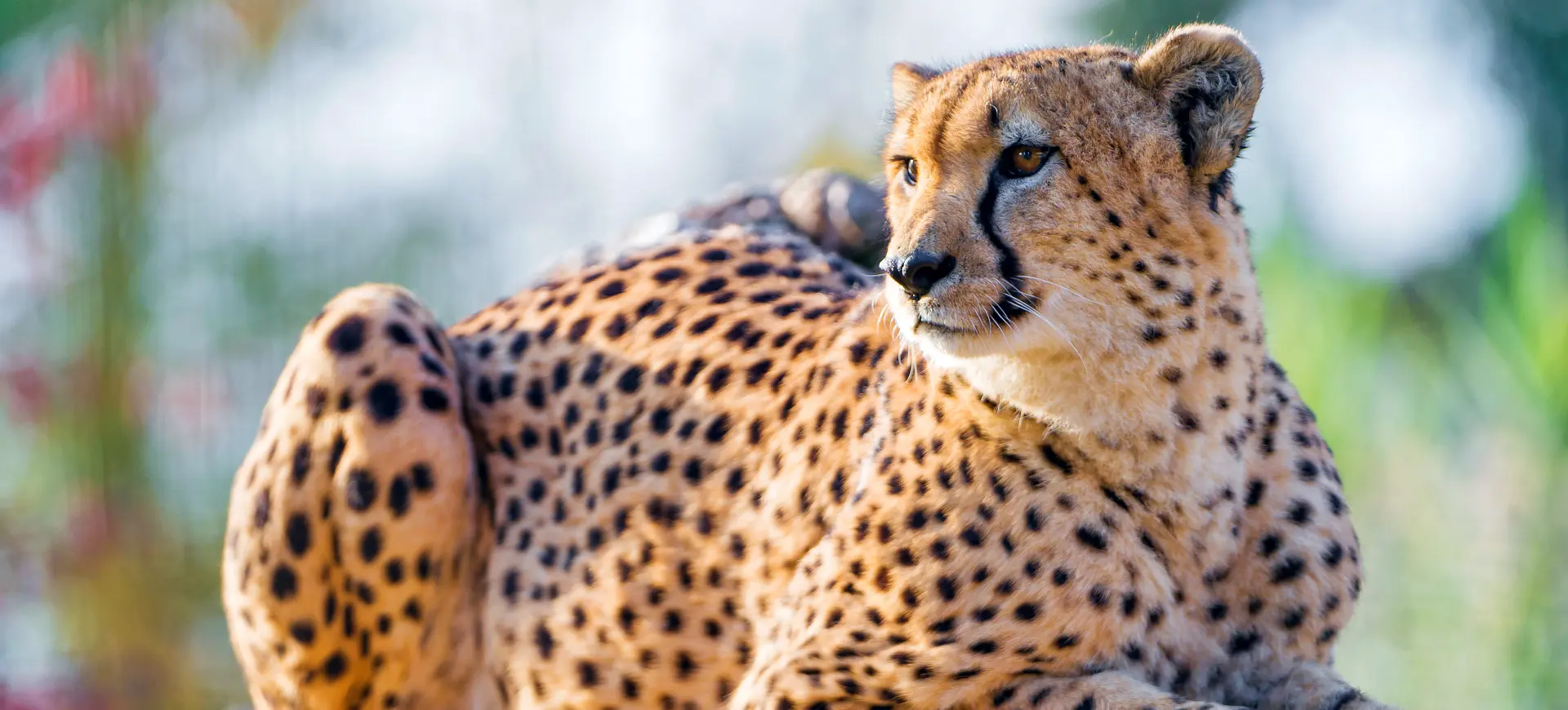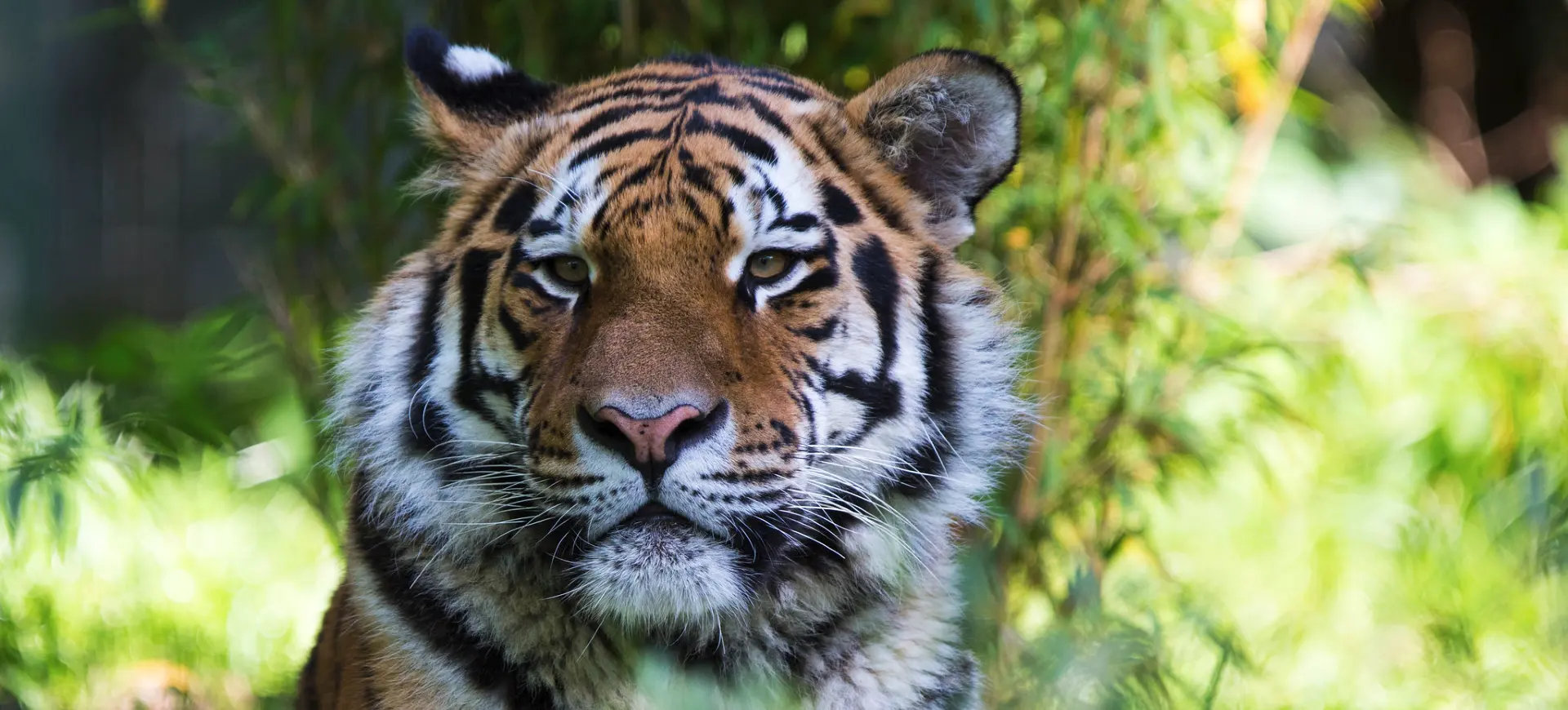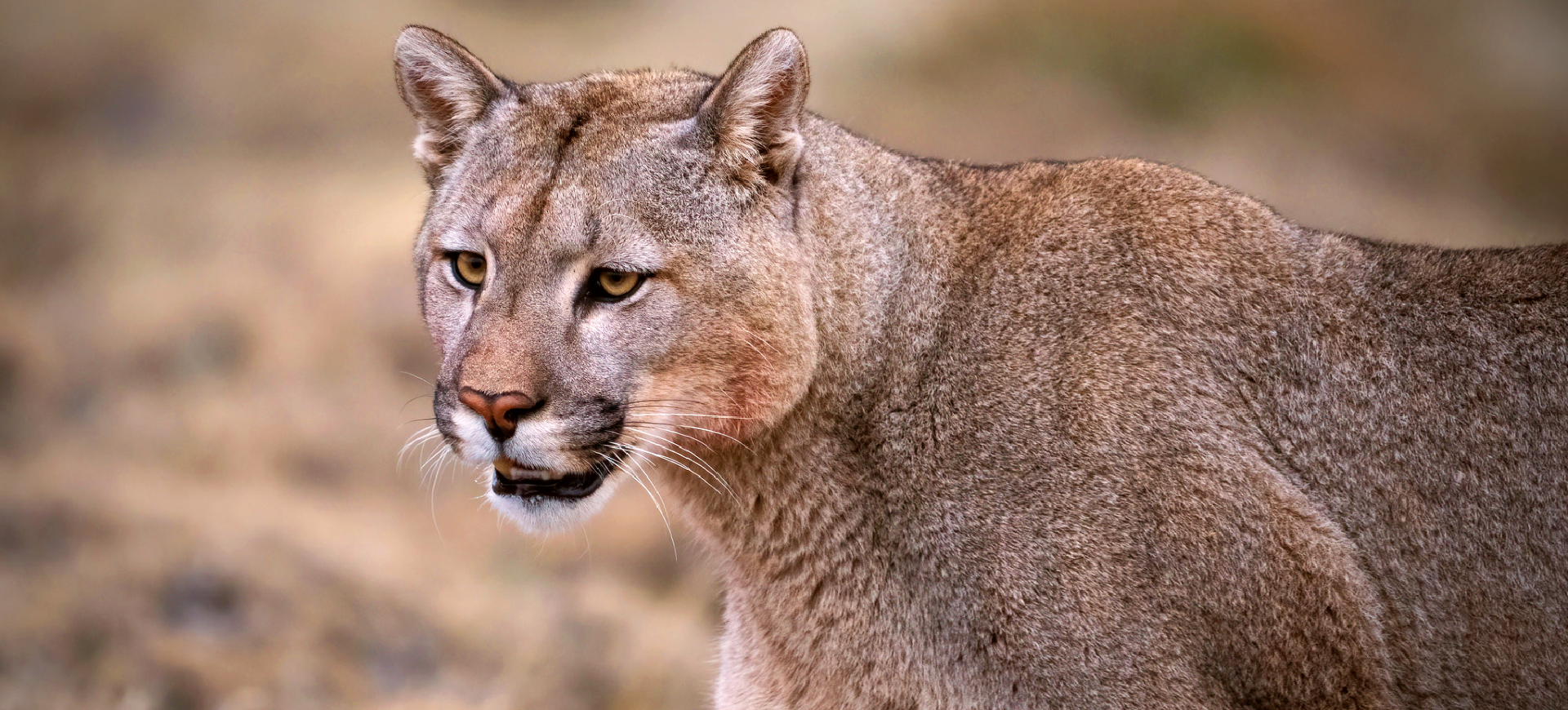Overview
The jaguar (Panthera onca) is the largest cat species in the Americas and the third-largest worldwide. This impressive creature has a storied history, inspiring reverence and fear in the civilizations that have shared its range. From their prominent role in ancient Mayan mythology to their status as apex predators in modern ecosystems, jaguars are renowned for their strength, agility, and stunning beauty.
Known for their distinctive, rose-shaped markings, or rosettes, jaguars are physically robust with powerful limbs and a broad head. While generally solitary animals, they have complex communication and behavioral practices. They are most active during dawn and dusk, making them crepuscular creatures, though they can adapt to being active at different times depending on their specific circumstances.
Despite their revered status, jaguars face several challenges. The primary threats to their survival are habitat loss, human conflict, and diminishing prey within their habitats. However, significant conservation efforts are underway to protect and preserve these magnificent creatures and the habitats they call home.
Current distribution:
Currently, jaguars are most commonly found in the Amazon rainforest and the Pantanal, the world's largest tropical wetland, which extends through Brazil, Paraguay, and Bolivia. They are also found in other regions of Central and South America. Still, their presence in North America is primarily confined to small areas along the U.S.-Mexico border, specifically in Arizona and Texas.
Their range has significantly contracted over the past century, primarily due to deforestation and habitat fragmentation. These developments have reduced their available territory and isolated jaguar populations from each other, leading to concerns about genetic diversity and long-term viability.
Physical Description:
Jaguars are stocky, robust felines with a powerful build. Their head is broad and their jawline strong, with large, penetrating eyes ranging from golden to light green. They are covered in a coat that ranges from yellowish-tan to reddish-brown, adorned with an intricate pattern of dark rosettes. These markings provide excellent camouflage in the dappled light of their forest habitats. Each jaguar’s pattern is unique, much like a human’s fingerprints.
They have a muscular, deep-chested body with a short, sturdy neck. The hind legs are slightly shorter than the front, aiding their formidable leaping and swimming capabilities. Their tails are also relatively short, with rings and a usually black tip. Interestingly, some jaguars are melanistic, a trait more commonly associated with leopards. These “black” jaguars, or “panthers,” have a dark coat, but their rosettes are still visible upon closer inspection.

Lifespan: Wild: ~15 Years || Captivity: ~20 Years

Weight: Male: 126-211 lbs (57-96 kg) || Female: 100-169 lbs (45-77 kg)

Length: Male: 5.6-7.8 feet (1.7-2.4 meters) || Female: 4.6-6 feet (1.4-1.8 meters)

Height: Male: 27-30 inches (70-76 cm) || Female: 24-27 inches (62-70 cm)

Top Speed: 50 mph (80 km/h)
Characteristic:
Native Habitat:
Jaguars once roamed broadly from the southern tip of South America to regions of North America. However, their range has drastically shrunk due to various human activities. They are versatile animals capable of living in various habitats, though they prefer dense rainforests where they can use their exceptional stealth. They are also found in scrublands, grasslands, and deciduous forests.
Jaguars have a particular affinity for water and are known to populate swampy savannahs and coastal areas. They are excellent swimmers and often live near bodies of water, where they can find a variety of prey species. They’re typically solitary creatures, each maintaining a territory they mark with their waste or clawing trees.
Climate Zones:
Biogeographical Realms:
Continents:
Diet:
Diet & Feeding Habits:
As apex predators, jaguars play a crucial role in stabilizing ecosystems and controlling the populations of the species they hunt. They possess powerful jaws and the unique killing method of piercing the skulls of their prey, illustrating their top predator status. Their diet is broad and varied, ranging from large ungulates such as deer and tapirs to smaller prey such as birds, fish, and giant insects.
Jaguars are opportunistic feeders and will consume almost any animal they come across. They prefer hunting near water and are excellent swimmers. They often catch caimans and capybaras using a stealthy approach before launching a sudden attack. Despite their impressive hunting skills, like many big cats, they are not always successful and must often attempt multiple hunts before securing a meal.
Mating Behavior:
Mating Description:
Jaguars do not have a specific mating season and can breed year-round, although peaks in reproductive activity may correlate with periods of high prey availability. During courtship, males and females engage in a series of behaviors, including calling and scent marking, and the male may follow the female for several days before mating.
After mating, the female is solely responsible for rearing the cubs. She will seek out a secluded den, often in dense vegetation or among rocks, where she will give birth. The gestation period lasts approximately 90-110 days, after which a litter of one to four cubs is born. Cubs are blind at birth, opening their eyes after two weeks, and they remain with their mother for up to two years, learning crucial hunting and survival skills.
Reproduction Season:
Birth Type:
Pregnancy Duration:
Female Name:
Male Name:
Baby Name:
Social Structure Description:
Jaguars are solitary animals and are particularly territorial. Each controls a home range, which may overlap with those of other individuals but includes a core area where the jaguar spends most of its time. Males typically have larger territories than females, and these territories often overlap with those of several females.
Communication between jaguars is mostly through scent marking, with individuals depositing their urine and feces or scratching marks onto trees to denote their territory. They also communicate through vocalizations, particularly during the mating season.
Groups:
Conservation Status:
Population Trend:
The wild jaguar population is estimated to be around 15,000 individuals, although accurate counts are challenging due to the species’ elusive nature and the inaccessibility of much of its range. Populations are scattered and often isolated, predominantly in the Amazon Basin and the Pantanal. Their numbers have declined over the years due to habitat loss, conflict with humans, and reduced prey availability.
Jaguar populations are fragmented, with the largest and most stable populations in the Amazon rainforests and the Pantanal wetlands. There are also small, isolated populations in Central America and along the U.S.-Mexico border, although these groups face significant challenges due to their isolation and ongoing habitat loss.
Population Threats:
The jaguar faces numerous threats, predominantly driven by human activities. Habitat loss due to deforestation and land conversion for agriculture and livestock rearing is the most significant threat, as it reduces the jaguar’s territory and prey base. This habitat fragmentation also isolates jaguar populations, causing inbreeding and diminishing genetic diversity.
In addition, jaguars often come into conflict with humans, particularly in areas where their territories overlap with ranches or farmland. They are sometimes killed in retaliation for preying on livestock. Jaguars are also threatened by illegal hunting for their beautiful and distinctively marked fur, despite international protections.
Conservation Efforts:
A variety of conservation efforts are underway to protect and preserve the jaguar. Protected areas have been established across their range to secure vital habitats, and initiatives are being implemented to create wildlife corridors connecting these areas, enabling jaguars to travel and intermingle, thus promoting genetic diversity.
Organizations such as the Panthera Corporation, the Wildlife Conservation Society (WCS), and the World Wildlife Fund (WWF) collaborate with local communities and governments to preserve jaguar habitats and promote coexistence between jaguars and humans. This includes efforts to reduce human-wildlife conflict and initiatives to develop sustainable, wildlife-friendly agricultural practices.
Additional Resources:
Fun Facts
- Jaguars are excellent swimmers and often hunt in water.
- Unlike most cats, jaguars do not avoid water; they are good swimmers.
- Jaguars have the most vital bite force of all big cats relative to their size.
- Their name comes from the Native American word “jaguar,” which means “he who kills with one leap.”
- Jaguars are known to eat over 85 species of prey.
- The spots on a jaguar are called rosettes because they resemble the shape of a rose.
- Black jaguars, also known as black panthers, are not a different species but have a condition called melanism that results in dark pigmentation.
- Jaguars are considered an “umbrella species.” By protecting jaguars and their habitat, many other species are also protected.
- Ancient civilizations such as the Mayans and Aztecs revered the jaguar and often depicted it in their art and mythology.
- Jaguars love to play with objects they find, much like domestic cats. They’ve been observed to play with balls of yarn in captivity!

